
Cassowary and penguin Animal skeletons, Cassowary, Skeleton anatomy
The colors added to the measurements create the image. The colors show variations in temperature. On the picture at the left, you see the penguin has no heat loss, but his surface temperature is almost equal to the temperature of the environment. How penguins regulate their body temperature is explained at thermal insulation.

Penguin Skeleton Skeleton, Penguins, 3d model
This study demonstrated the variability of scleral rings and accessory skeletal elements in penguins. Although limited by only examining with micro‐CT three whole heads and recognising that care needs to be taken to minimise perspective distortion when interpreting macro photographic and micro‐CT images of 3D structures, it supports the.

Penguin Anatomy Drawing, Step by Step, Drawing Guide, by Dawn DragoArt
The penguin's unique skeletal system allows it to thrive in its aquatic environment. From their solid sternum to their flippers and fused leg bones, each bone serves a purpose. This article explores the fascinating anatomy and evolutionary adaptations that have made penguins such remarkable creatures.
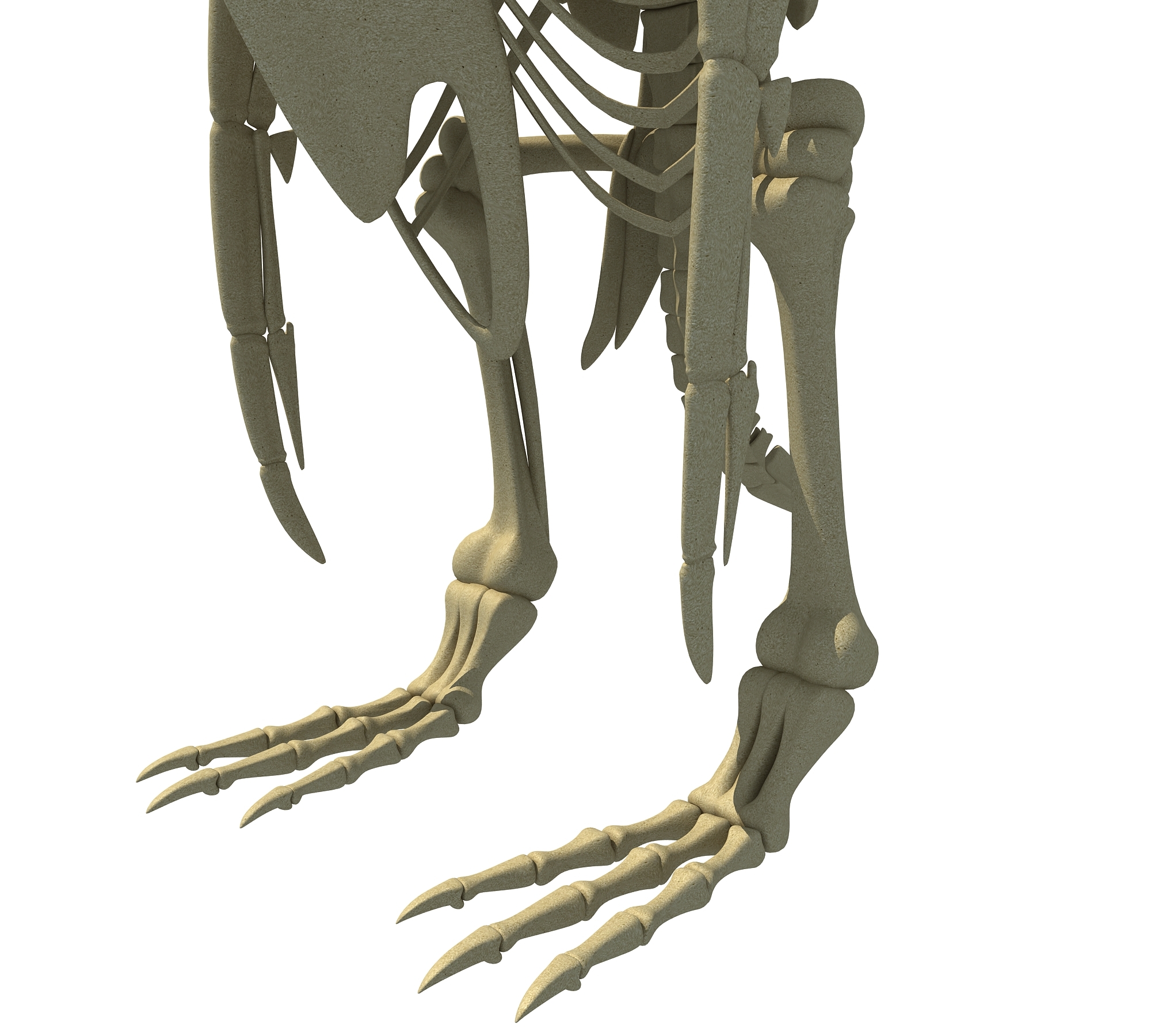
penguin skeleton 3d model
The king penguin has a black head, chin, and throat, with vivid orange, tear-shaped patches on each side of the head. The orange coloration extends to the upper chest. The Adéliepenguin has a black head and distinctive white eye rings. . The top of a chinstrap's head is black and the face is white, with a stripe of black extending under the chin.

Penguin Skeleton 3d model, Skeleton, Penguins
Here, new data on the skeleton of Delphinornis larseni, the most abundant among non-giant Eocene penguins, are reported. The specimen, collected from the Submeseta Formation on Seymour Island, comprises the incomplete pelvis and numerous bones from the hind-limb skeleton, including a well-preserved (diagnostic) tarsometatarsus.

Penguin Skeleton 3D Model 3D Horse
In contrast, the smallest penguin, the little blue or the fairy penguin, is 10 - 12 inches (25 - 30 cm)in height, and its average weight is 2.2 lbs (1 kilogram). Although penguins can not fly, they are excellent swimmers! Their wings act like strong flippers, helping them to move quickly through the water. Penguins swim to depths of 20.
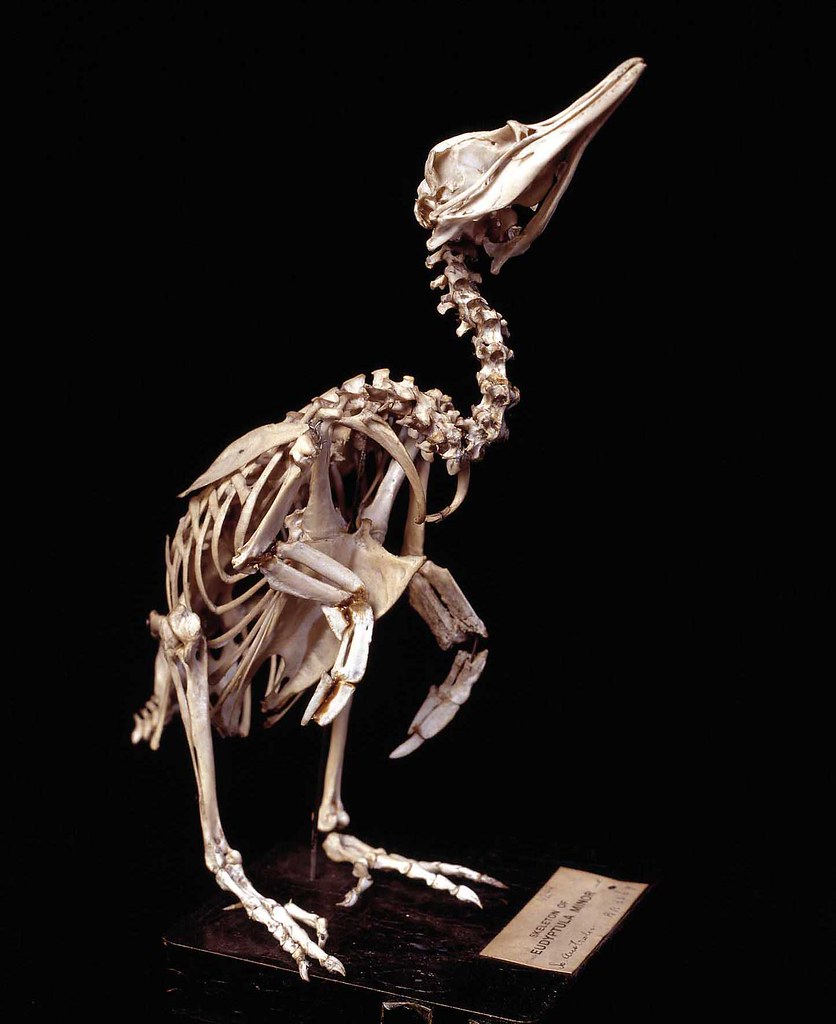
Penguin Skeleton from The Manchester Museum Part of exhibi… Flickr
Penguins' Skeletal Structure. Penguins have a unique skeletal structure that sets them apart from other bird species. Their bones are solid and dense, which helps them maintain buoyancy in the water. This solid bone structure also provides stability and support for their bodies both on land and in the water. Unlike many other bird species.
Penguin skeleton r/mildlyinteresting
Penguin - Flightless, Adaptations, Aquatic: Penguins are highly specialized for their flightless aquatic existence; features include a a flipper as a forelimb, very short feathers, and salt glands. There are fossils dating to about 50 million years ago, some giant in size. Order Sphenisciformes has 18-21 species in six genera: Eudyptes, Spheniscus, Pygoscelis, Aptenodytes, Eudyptula, and.

Penguin Skeleton 3dskeleton 3dmodels 3dPenguin 3danimals 3d Skeleton, Humboldt Penguin
We also examined the heads of both gentoo (Pygoscelis papua) and king (Aptenodytes patagonicus) penguins, concentrating on the skeletal elements. We anticipated that the highest resolution images would be obtained from the little penguin, given the smaller tissue volume and the scanner able to be used for this head, and this influenced our.
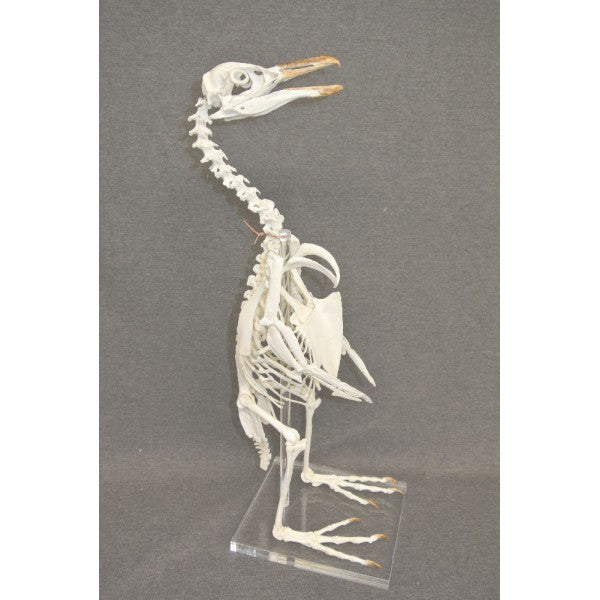
African Penguin Skeleton DINOSAURS ROCK SUPERSTORE Fossil & Mineral Specimens
Penguins need to see clearly both on land and underwater. Terrestrial animals, including humans, rely on the cornea—the clear outer layer of the eye—to focus images using a property called refraction, a bending of light as it crosses through different materials.As light travels through the air and enters the eye, it bends to the appropriate angle and creates a focused image on the retina.

Pin on Birds
Beyond differences in bone structure, the skeletal growth patterns of penguins are unique in several ways. The King Penguin exhibits the fastest appositional bone growth rates that have been experimentally measured to date, reaching a maximum rate of 171 μm day −1 (de Margerie et al. 2004).

Penguin Skeleton Penguins, Model, Skeleton
All Penguins have knees, despite their stiff-legged strides. Their dense feathers and long torsos hide surprisingly long legs, even if they are relatively short by bird standards. Penguin legs contain a femur, knee joint, kneecap, fibula, and tibiotarsus, similar to the human leg structure. Penguins spend up to 75 percent of their lives in the.
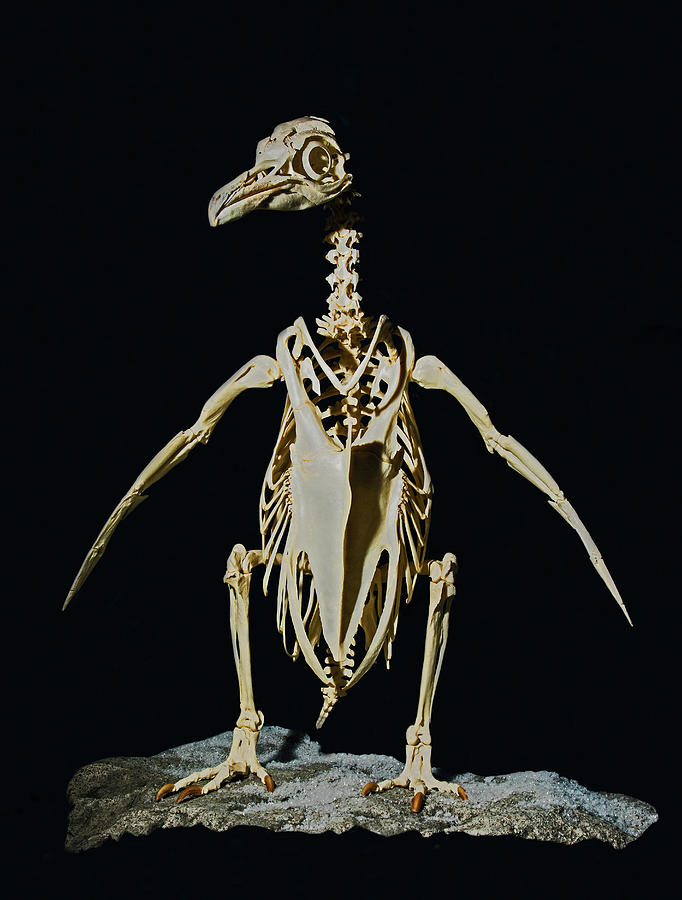
Gentoo Penguin Skeleton Photograph by Millard H. Sharp Fine Art America
It depends on the species, obviously. The largest penguin is the Emperor penguin ( Aptenodytes forsteri), with a height 1.10 to 1.30 meters, and weighs between 22.7 and 45.4 kilograms. Three times shorter, the Eudyptula minor, or little Penguin, is the smallest species with 30-33 centimeters high and 1.5 kg weight on average.

Why Do Penguins Waddle? Penguins Blog
penguin skeleton. A photo of a penguin skeleton from a high angle. Diagram showing body part of penguin. illustration of Diagram showing body part of penguin. Penguin, Buzzard, Jerboa skeleton Seamless Repeat Pattern. Vector seamless repeat. All colors are layered and grouped separately.
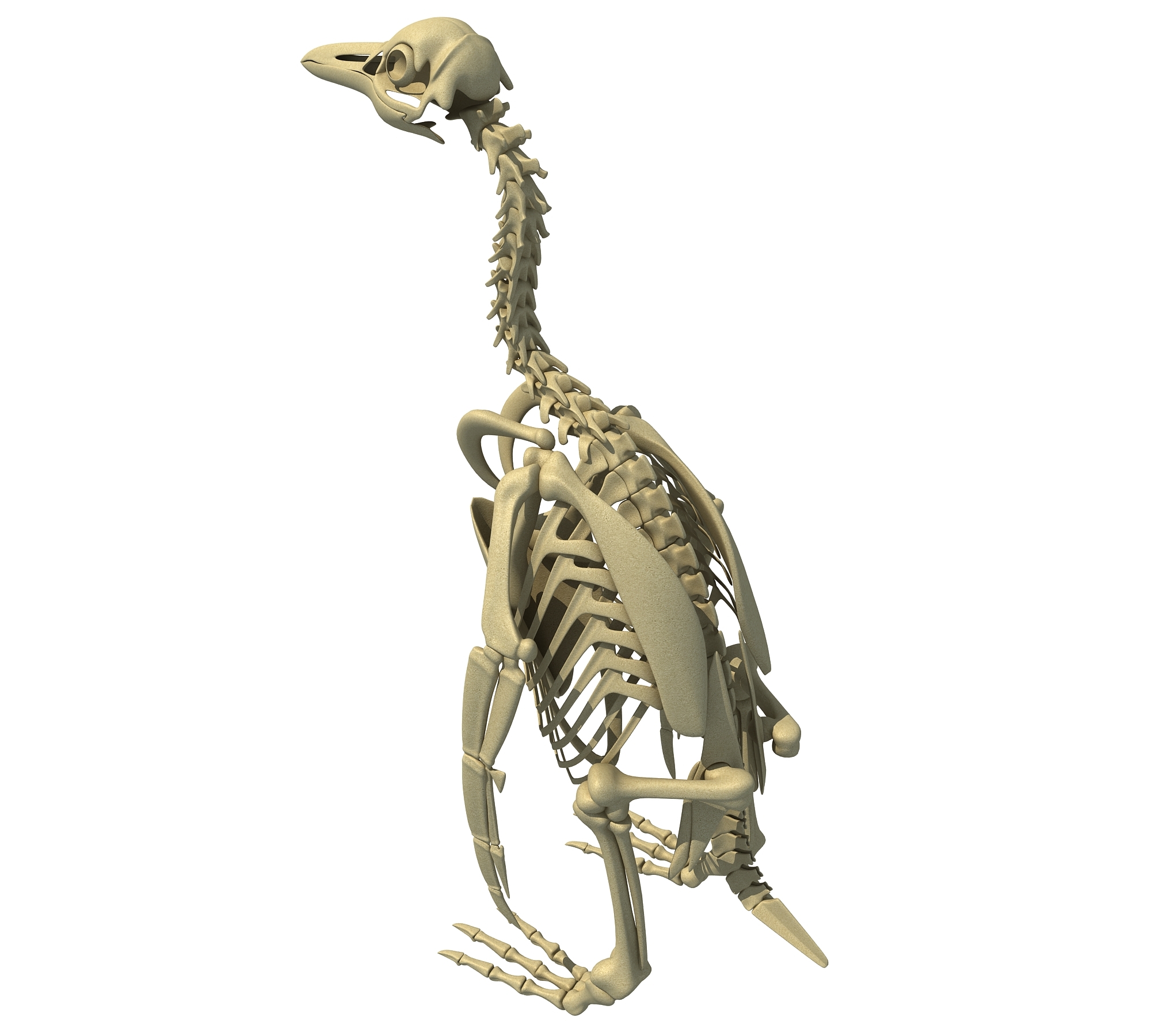
penguin skeleton 3d model
A human skeleton is made up of 206 bones. A penguin has just 112 in its whole body. X-ray of a penguin. University of Tennessee College of Veterinary Medicine, Author provided. All birds evolved.

Anatomy of a Penguin Penguins, Funny, Anatomy
Download scientific diagram | Skeletal pattern of the penguin forelimb. The skeleton of an adult Humboldt penguin (Spheniscus humboldti) preserved at Tokyo Sea Life Park (Kasai Rinkai Suizokuen).